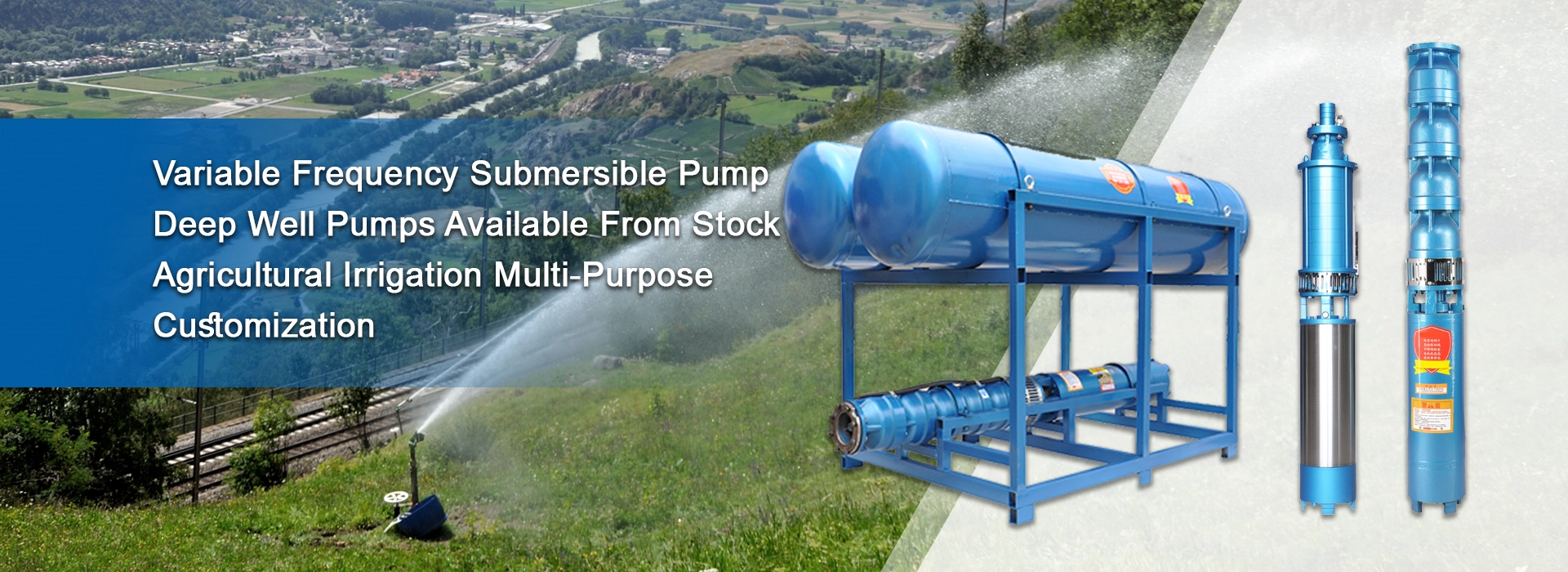Nov . 05, 2024 13:01 Back to list
well submersible pump
An Overview of Well Submersible Pumps
Well submersible pumps are critical components in water extraction systems, especially in rural and urban areas where access to groundwater is essential. These pumps are designed to operate underwater, making them particularly efficient for deep well applications. Unlike surface pumps, submersible pumps are placed directly in the well, allowing them to push water to the surface rather than pull it, which minimizes the risk of cavitation and increases efficiency.
The technology behind well submersible pumps is straightforward yet effective. Typically, a submersible pump consists of a motor and a pump assembly that are sealed in a casing to prevent water from entering. The motor drives a series of impellers that push the water upwards through a discharge pipe. As the pump operates, it uses hydraulic energy to lift water from depths of hundreds of feet, making it suitable for various applications including agricultural irrigation, municipal water supply, and industrial processes.
One of the significant advantages of submersible pumps is their ability to function at considerable depths. Many of these pumps can be installed in wells reaching depths of up to 1,000 feet, allowing access to deep aquifers that would otherwise be unreachable. Additionally, since they are submerged in water, they often run cooler than surface pumps, leading to longer operational life and reduced maintenance needs.
well submersible pump

Submersible pumps come in numerous sizes and configurations, which means they can be tailored to specific applications. From small residential systems to large municipal installations, their versatility is one of their key strengths. They are available in various materials, with stainless steel and thermoplastic being popular choices due to their resistance to corrosion, which is especially important in sandy or acidic environments.
Despite their many advantages, selecting the appropriate well submersible pump requires careful consideration
. Factors such as the depth of the well, the desired flow rate, and the specific characteristics of the water source are crucial in ensuring optimal performance. It is essential to match the pump's capacity with the requirements of the system to prevent issues such as pump burnout or insufficient water supply.Installation and maintenance of well submersible pumps are also important aspects to consider. Proper installation ensures that the pump operates efficiently and can significantly extend its lifespan. Regular maintenance checks, including inspection of electrical components and checking for blockages, will help maintain performance and reduce the likelihood of failures.
In conclusion, well submersible pumps play an integral role in modern water supply systems. Their efficiency, adaptability, and capability to operate at great depths make them invaluable for a range of applications. As the demand for water continues to grow, advancements in pump technology are likely to further enhance the performance and reliability of these essential devices. Whether for residential use or industrial applications, well submersible pumps are undoubtedly a lifeline for many communities worldwide.
-
Submersible Water Pump: The Efficient 'Power Pioneer' of the Underwater World
NewsJul.01,2025
-
Submersible Pond Pump: The Hidden Guardian of Water Landscape Ecology
NewsJul.01,2025
-
Stainless Well Pump: A Reliable and Durable Pumping Main Force
NewsJul.01,2025
-
Stainless Steel Submersible Pump: An Efficient and Versatile Tool for Underwater Operations
NewsJul.01,2025
-
Deep Well Submersible Pump: An Efficient 'Sucker' of Groundwater Sources
NewsJul.01,2025
-
Deep Water Well Pump: An Efficient 'Sucker' of Groundwater Sources
NewsJul.01,2025
-
 Submersible Water Pump: The Efficient 'Power Pioneer' of the Underwater WorldIn the field of hydraulic equipment, the Submersible Water Pump has become the core equipment for underwater operations and water resource transportation due to its unique design and excellent performance.Detail
Submersible Water Pump: The Efficient 'Power Pioneer' of the Underwater WorldIn the field of hydraulic equipment, the Submersible Water Pump has become the core equipment for underwater operations and water resource transportation due to its unique design and excellent performance.Detail -
 Submersible Pond Pump: The Hidden Guardian of Water Landscape EcologyIn courtyard landscapes, ecological ponds, and even small-scale water conservancy projects, there is a silent yet indispensable equipment - the Submersible Pond Pump.Detail
Submersible Pond Pump: The Hidden Guardian of Water Landscape EcologyIn courtyard landscapes, ecological ponds, and even small-scale water conservancy projects, there is a silent yet indispensable equipment - the Submersible Pond Pump.Detail -
 Stainless Well Pump: A Reliable and Durable Pumping Main ForceIn the field of water resource transportation, Stainless Well Pump has become the core equipment for various pumping scenarios with its excellent performance and reliable quality.Detail
Stainless Well Pump: A Reliable and Durable Pumping Main ForceIn the field of water resource transportation, Stainless Well Pump has become the core equipment for various pumping scenarios with its excellent performance and reliable quality.Detail
